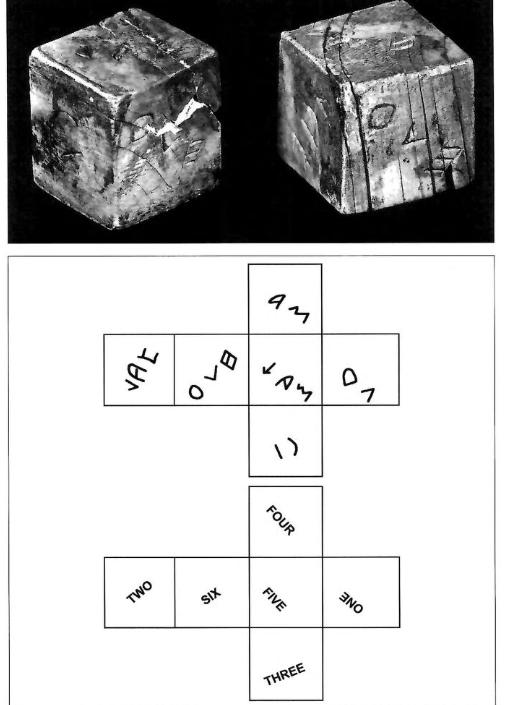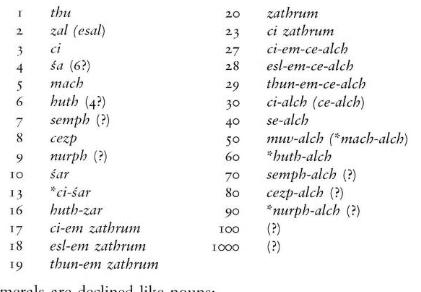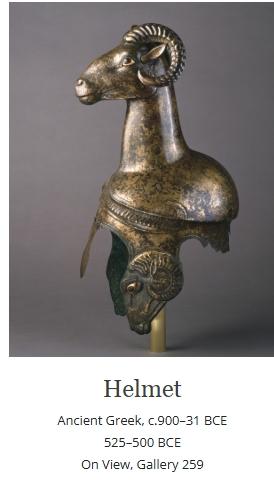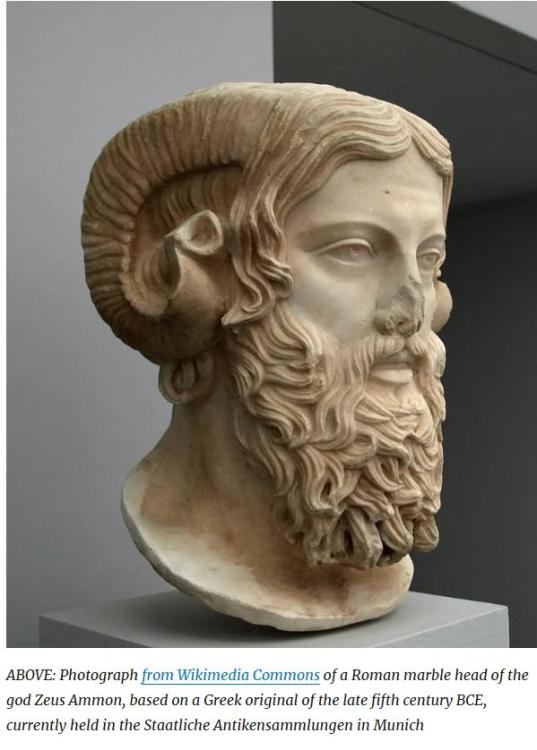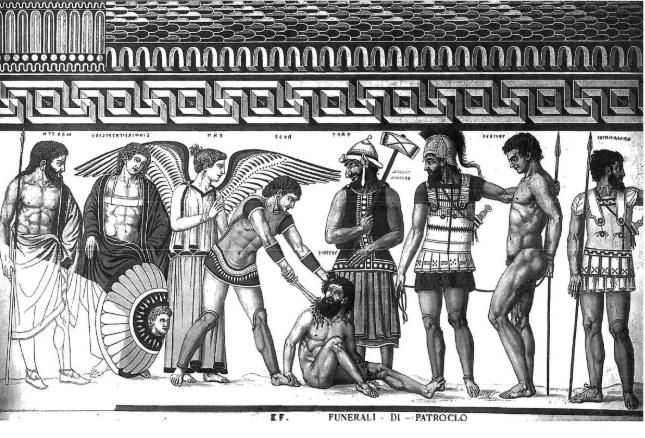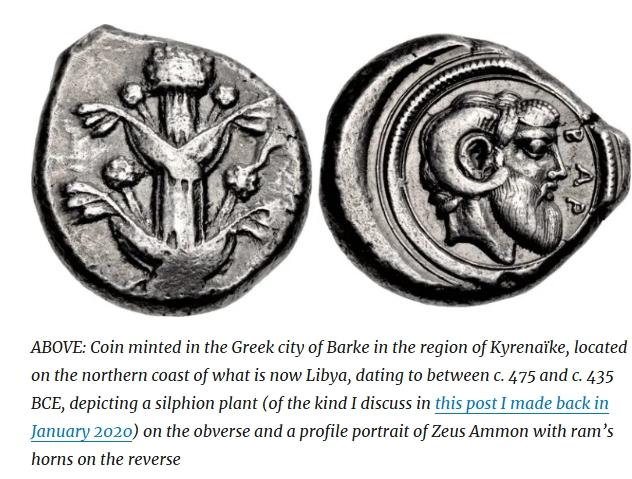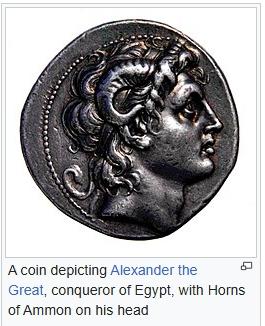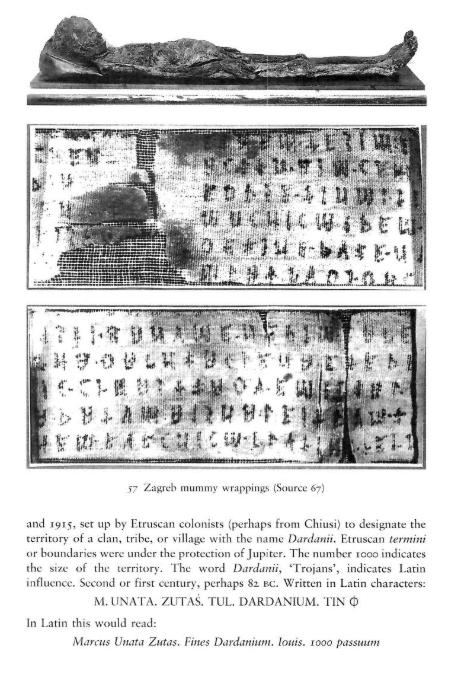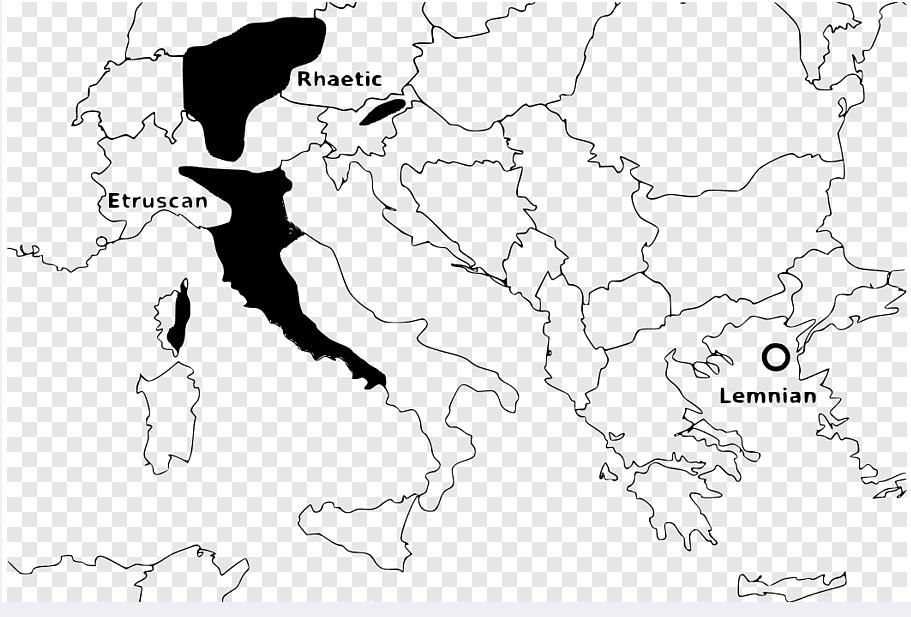
Tomata
Потребител-
Брой отговори
1296 -
Регистрация
-
Последен вход
-
Days Won
1
Content Type
Профили
Форуми
Библиотека
Articles
Блогове
ВСИЧКО ПУБЛИКУВАНО ОТ Tomata
-
Ми, нали точно тях се опитваме да проследим в дискусията. Имаме едни дарданци в Андалусия и други едни в Адриатика. Имаме и етруски пристанищен град Таркуна Точно над тиренско море. Подобни топоними и теоними се срещат и в Анатолия. Някой добър мореплавател ще да ги е разхвълял тези имена из средиземноморието.
-
По-скоро скромен опит да отговори на излъганите очаквания на част от избирателите. Наскоро В. Енчев в едно предаване директно го конфронтира с факта, че като държавен глава не предприема нищо относно инициарането на референдум, за което президенството било предварително сезирано писмено. А може и двете действия да са синхронни, но да не залитаме в полето на конспирацията. Във всеки случай, Президентът Радев до сега май не от вътрешна убеденост подкрепяше с половин уста плана за въвеждане на еврото. Старае се човекът да си създаде имидж на референт, което и се очаква от неговата длъжност по конституция.
-
Той си е писал прав текст- I am unable to state with certainty what language the Pelasgians spoke, but we could consider the speech of the Pelasgians who still exist in settlements above Tyrrhenia* in the city of Kreston, formerly neighbors to the Dorians who at that time lived in the land now called Thessaliotis; also the Pelasgians who once lived with the Athenians and then settled Plakia and Skylake in the Hellespont; and along with those who lived with all the other communities and were once Pelasgian but changed their names. If one can judge by this evidence, the Pelasgians spoke a barbarian language. And so, if the Pelasgian language was spoken in all these places, the people of Attica being originally Pelasgian, must have learned a new language when they became Hellenes. As a matter of fact, the people of Krestonia and Plakia no longer speak the same language, which shows that they continue to use the dialect they brought with them when they migrated to those lands. *In Etruscan mythology, Tyrrhenus (in Greek: Τυῤῥηνός) was one of the founders of the Etruscan League of twelve cities, along with his brother Tarchon. Herodotus[1] describes him as the saviour of the Etruscans, because he led them from Lydia to Etruria; however this Lydian origin is to be debated as it contradicts cultural and linguistic evidence, as well as the view held by both the Etruscans themselves and by other Etrusco-Roman and Greek ancient sources.[2][3][4] His name was given to the Etruscan people by the Greeks. The Romans extended this use to the sea west of Etruria: the Tyrrhenian Sea. , а коствено от Илиадата пеласгите воюват и на двете страни. Херодот казва за тях още, че населяват и о. Лемнос и о. Самотраки. Тукидит също пише, смесени варварски раси, говорещи двата езика. Има и малък халкидски елемент? но по-голям брой са тирено-пеласгите, някога заселили се на Лемнос и в Атина, както и бисалтийците, крестонците и еонците; като всички градове са малки. Кои са пеласгите?- това е въпрос на отделна обширна тема
-
Имаме двама кандидата тогава, що касае пиратството. Финикийци или венети. Иначе палеоиспанци,-Tartessus,-Дардани?
-
Този EEF е мигрирал и през Кавказ, освен през Балканите и т.н. Възможно ли е по примесите да се определи приблизително пътят му? Не знам до колко популационната генетиката е в състояние да го стори. А и езикът не е свързан задължително с генома. Имаме и култура за да е пълно щастието Не бива да неглижираме и истор. извори, както и археологията.
-
Добре де, но нали етруските имат сходи със италийците гени, т.е степняци някакви. Въпросът е как да ги свържем с по-ранни евенуални автохтонни цивилизациии. Хем вълкът да е сит, хем и агнето да е цяло. Ако езикът им е бил подменен чрез въвеждането на писменоста?- едва ли, но не можем да го изключим изцяло. Подобен пример си имаме наш собствен. Пишат, че няма ли малоазиатски гени, а трябва ли? Какво пречи това да са били степни мигранти първо в Анатолиа, а после на север към Етруриа?
-
Интересно.. Ето и предполагаемата етруска числова система Гледам в етруския още има проблем и не се знае точната подредба на числата. Май малко са поразместени числата.. Sa(Sha) 6? /4?= Huth(Tchut?) 4? / 6? Струва ми се, че и първите две числа Thu=1 , Zal, Esal=2 също са разместени,- Thu>?Two, Две? Язки-Торки,(Ези-Тура)? Преди време се чудих откъде идва думата „Втори“ в бг, но не намерих задоволително обяснение за етимологията..
-
Проблемът не е ли по-скоро генотипът, който не потвръждава местен автохтонен произход? Ако това е така, то няма друго обяснение освен миграции на някакви халколитни до индоевропейци носещи не-ИЕ субстрат със себе си. Тези етруски излеждат сякаш са котета, отгледани в кучешко семейство Майкопци някакви може би?,- висока култура, гробници, металургия и т.н.
-
Тази овнешка глава на шлема на Ахил от снимката с ертуската колесница е доста смущаваща.. Culture Ancient Greek, c.900–31 BCE Culture South Italian Period Archaic period, c.800–480 BCE Date 525–500 BCE Material Bronze with ivory and bronze restoration excavated in Metaponto, Basilicata region, Italy, Europe Classification Arms & armor, metalwork Collection Ancient Art Current Location On View, Gallery 259 Dimensions 19 3/8 x 12 3/4 x 6 3/4 in. (49.2 x 32.4 x 17.1 cm) Credit Line Museum Purchase Rights Public Domain Object Number 282:1949.1 NOTES The size of this ram’s head helmet indicates that it was meant to be worn for ceremonial purposes rather than in actual battle. It was made by hammering a single sheet of bronze, which makes it extremely light and unsuitable as actual armor. Additional decoration was added using a series of common metalworking techniques such as repoussée, punching, tracing, and engraving. The ram’s head on top, whose horns, ears, and eyes have been restored, is mirrored by the attached ram’s head cheek pieces. The selection of the ram to adorn a military-style helmet is fitting since the animals have a double-layered skull which helps protect them from injury. Elaborate helmets such as this are quite rare. Доколкото успях набързо да проуча, този стил се появява чак след контакта на еляни с египетяни и финикийци. Освен това в огромната си част етруските артефакти са грижливо надписани, а върху колесницата защо липсват пояснителни надписи?! “The Thebans, and those who by the Theban example will not touch sheep, give the following reason for their ordinance: they say that Herakles wanted very much to see Zeus and that Zeus did not want to be seen by him, but that finally, when Herakles prayed, Zeus contrived to show himself displaying the head and wearing the fleece of a ram which he had flayed and beheaded.” “It is from this that the Egyptian images of Zeus have a ram’s head; and in this, the Egyptians are imitated by the Ammonians, who are colonists from Egypt and Aithiopia [i.e., Kush] and speak a language compounded of the tongues of both countries. It was from this, I think, that the Ammonians got their name, too; for the Egyptians call Zeus ‘Amon.’” “The Thebans, then, consider rams sacred for this reason, and do not sacrifice them. But one day a year, at the festival of Zeus, they cut in pieces and flay a single ram and put the fleece on the image of Zeus, as in the story; then they bring an image of Heracles near it. Having done this, all that are at the temple mourn for the ram, and then bury it in a sacred coffin.”
-
( Rasenna), rasna- people; Etruscan, of Etruria. Венети. Гаули или прото/келти? Езикът им ако е правилно разчетен има доста ПИЕ заемки. За съжаление езиковият корпус не е много голям. Пс.И на сърбите преди са им викали рашки.. an- (ana, ane, anc, anen, ananc) he, she, this, that, rel. pronoun apa- father ca, ta, cen, cn, eca, ek, tn; itun- (emphatic) this (cehen, etc.) clan, clenar (plural)- son,-...? Кълн по бг.? cleva- offering,-....? Заклевам? creal- magistracy?....? Крал? chim, chia- pronoun- ?....грам. определ.,- чий? ita- this laive- left maru, marunu- name of magistracy (Latin maro ?; Umbrian maron-) math- honey, honeyed wine (from IE language: Greek methu,English mead) mi, mini- I, me mul-, to offer, dedicate as an ex-voto-...? Моля? papa- grandfather ta, tal, tl, tei- this tes-, tesam- to care for,- ? Тесам, почиствам градината ? teta- grandmother tin- day: Tina, Tin, Tinia =Jupiter, Zeus, god of daylight tiss lake,..?Деница, родена на зазоряване? turza- offering,....?Търг, тържище? tur- to give Тук и едни други по-специфични думички. -thur- belonging to the group (suffix) -camthi name of magistracy cana, kana, kanna gift [agalma), or image, work of art? (gloss: Hesychius II.1541, chana: kosmesis ‘adornment’) canth-, canthce to be, can? acted as a camth(i) kana, kanna- gift (see cana) ac- (acnanasa) make, offer
-
Проблемът на ЕС е в липса на перспективи за сериозна приложна наука. Ще се аргументирам с факта, че вече се е стигнало до хроничен недостиг на учени и специалисти. При това Европа е била деситилетия основен донор на кадри за американсканските научни програми. Имаме обаче и едно изключение, ЦЕРН, което все още е притегателен център за учени от цял свят.
- 8 мнения
-
- 2
-

-
САЩ изсмуква индустриалния потенциал на Европа. В отговор Урсула ще внася обеднели „интелектуалци“..
- 8 мнения
-
- 2
-

-
Това с ръста е интересен феномен. Индоевропейците, които са развили поносимост към лактозата са развили физика, която им е позволила успешно да завземат нови територии. Освен това е имало изглежда и селекция, защото шефовете на ордата са изпъквали с големият си ръст. Някъде бях чел, че скелета на легендарния Тамерлан е бил огромен на фона на средния ръст сред тюркските народи. При етруските като мирно отседнало общество изглежда физиката е била второстепенен фактор и не се е стигнало до физически подбор..
-
За генетиката не знам, но има редица подсказки за анатолийско-тракийски паралели със етруските. Имаме обаче и лингвистичен проблем. Освен сведения от античните автори има и някой и друг паралел, нпр. в топонимията на етруските и малоазиатските траки.. Tarḫunz (stem: Tarḫunt-) was the weather god and chief god of the Luwians, a people of Bronze Age and early Iron Age Anatolia. He is closely associated with the Hittite god Tarḫunna and the Hurrian god Teshub. Може би по-късната писмена етруска култура е повлияна от малоазиатски преселници колонисти донесли нови знания и технологии със себе си. Тоест,- имали са на по-ранен етап пряко въздействие от троянците, а не са взаимствали директно от елянската култура. Пришълците са били меншество и губят езика си, но са на цивилизационно по-висока степен на развитие и го предават на месните автохтонци.
-
Пак не разбирам въпроса Ви. Нали сам сте писал, че свидетелството е от 16в.? Това е доста късно за да си вадим някакви кардинални изводи. Боляри по смисъл съответства на велможа, царедворец, дворянин, те благородник, аристократ . Тези думи без боляр и аристократ със сигурност са със славянски произход. Пс. това не е непременно титла, по-скоро е социален статус, като напр.„-Ваша милост“ . Речник,-4. милост (за високопоставено лице): ; милост. Honour ; милост. Grace ; милост. Ladyship ; Ваша милост. Your Honour. За произхода на думата боляр не съм сигурен, но факт е, че я има в много по-стар документ на ист. ирански език. При това е с отлична семантика . bulj- ‘honour, praise’ Bojary се споменава за първи път на 5 декември 1581 г. Тогавашният собственик на имението Бялисток, Piotr Wiesiołowski, споменава селото под името Miłosze. Последният пример е само като куриоз..
-
Напротив, аз се доверявам на по-начетените от мен и ти дадох цитат минал през рецензия, а ти повтаряш същото каквото съм писал и твърдиш, че моето е грешно. „Ето го текста на гръцки от Приск (за един час се намира) и аз такова нещо там не виждам. Има едно име: Κουγχας/Κουγχαν (Коугхас/Коугхан).“,- Ето това са твоите думи, но без да знаеш гръцки реши да оспориш, не моето мнение, а това на преводача и експертите които ползват неговата компетенция. Ако беше си направил проста проверка нямаше да говорим сага врели не кипели разни. На твоето са му дали и име,- „метода на коулбоя“- стреляш безразборно в стената и после рисуваш мишената върху дупките. Κουγχας/Κουγχαν -->Kunghas/Kughan
-
Няма нищо за разгадаване Аваро-кидарити го разбирам аз. Пс. още за цитираният от Табари народ sul, šahrestan [ī] kūmīs [ī] panj-burg až-i dahāg pad šabestān kard. māniš [ī] *pārsīgān ānōh būd. padxwadayīh [ī] yazdgird ī šabuhrān kard andar tāzišn ī čōl wērōy-pahr [ī] an ālag. (The city of Kūmīs of five towers Aži Dahag made it his own harem. The abode of the Parthians was there. In the reign of Yazdgird, the son of Šabuhr made it during the invasion of the Čōl, at the boundary of the Georgian Guard.). -Wėrōy-pahr: "The Georgian Guard" The old name of the fortress at Darband;. ( ред.-*It is the Greek Tzour (Procopius, Hist, vm, iii, 4) from Armenian tsur, “door” ( = Chor) ..акадцири?, заради топонима дербент, но това обаче лесно се опровергава --> Hisar means 'fort, castle' in Arabic. The word was adopted in Persian and Ottoman Turkish. East: ܗܲܨܵܪ(' ha ṣa:r) 1) 1) a tower , a fortress , a permanent place fortified for defense or security , a fortified place , a bastion (?) ; 2) an earthwork ; 3) a common name for a walled village especially if built on a hill ; 4) Salamas : a walled field (...) ; East: ܒܘܼܪܓ̰ܵܐ(' bur dja) Definition: 1) a tower , a fortress , see Classical Syriaque : ܒܘܼܪܓܵ <> 2) Urmiah : chess game : the tower , виж горе Balanjar,- burdjan Има едно обяснение, акадцирите са хазари кръстени на топоним, хората от крепоста, градските хора, а каква националност носят е отделен въпрос.
-
Priscus mentions that the Persians in 465 held the fortress of Yuroeipakh (P),80 apparently at the east end of the Caucasus, against the Kidarites and wanted the Romans to contribute to its upkeep. Elsewhere he says that when the Saragurs in 468 marched against the Persians, they met at the Caspian Gates (Darband) the Persian garrison which formerly had held the pass against the Kidarites.81 A little later, in 472, a Persian embassy to Constantinople announced a victory over the Kidarites and the capture of the town of “Balaam,” which may have to be looked for north of the Caucasus. The name as it stands is surely due to a copyist.82 From all this the question suggests itself, Are the Kidarites in the 5th century simply the IGiazars? The view which connects the Kidarites with the Hephthalites does not exclude this, for it appears that there may be affinity between Hephthalites and Khazars. The institution of polyandry is said to be characteristic of the Khazars, or at least attested among them, as well as among the Hephthalites. But unless the text of Priscus is seriously defective, the Kidarites are perfectly distinct from the Akatzirs (Akattirs, Akatirs), of whom he also speaks. If the Kidarites are the Khazars, the Akatzirs apparently are not.
-
According to Tabari,76 the Persian Firuz (45*7-484) erected a work of stone in the neighborhood of §ul77 and the Alans, to protect his country from the northern nations. According to the Greek author Priscus, Peirozes (Firuz) some time before a.d. 465 sent to Kounkhas (? Qun Khan), king of the Kidarite Huns, saying that he wished for peace and an alliance and would give the Kidarite his sister in marriage. Kounkhas agreed, but there was sent to him. from Persia, instead of the sister of Firuz, another woman got up to impersonate her. Това Kounkhas доста напомня Kuningaz
-
Ето тук един интересен анализ. The Persian king conquered Bab al- Abwab, Tabarsaran and Balanjar. He built the town of Qaliqala and many others, and colonized them with Persians. Then the Khazars reconquered what the Persians had taken from them, and it remained in their hands for a time, till the Romans defeated them and appointed a king over the Fourth Armenia. The first part of this notice apparently refers to the time of Qubad. We seem to be told that the Khazar Khaqan’s deputy, i.e., presumably the Beg, until defeated by the Persians, was in control of part of Armenia. At first sight, there is no reason to doubt the historic character of the notice, supported as it is by Baladhuri and ibn-Khurdadhbih. As to the title or personal name of the deputy, it should certainly be Turkish, like the rest of the Khazar nomenclature known to us. (Houtsma’s restoration of the first part as Yazid is not at all satisfactory.) The second part of the notice refers to the situation on the Khazar frontier at a later period, shortly before the coming of the Arabs. On this showing, the notice would give the first certain appearance of the Khazars, raiding or migrating en masse south of the Caucasus, as we meet them later on various occasions. The date would be not later than 531 (death of Qubad). Moreover, the notice would give the existence of the Khazar Khaqanate, and even the double kingship, at this time. This is very difficult. It is not simply that the Khazar Khaqan and his representative are not named distinctly in the existing sources till much later. The existence of a Khaqan among theTurkish people is usually understood to mean their sovereignty and independence. When next the Khazars appear, it is as part of the West Turk confederation, marching under West Turk leadership. In addition, if the notice in Ya'qubi is to be taken at its face value, the Khazars, complete with Khaqan and deputy, make their appearance while as yet there is no such thing as a West Turk empire, before even the original Turkish federation had come into being (a.d. 552). While the Khazars may have existed in the west before this time, it seems practically certain that their emergence as a power was connected with the decline of the West Turks. The rule of the West Turk Kagans (Khaqans) lasted till a.d. 657 or 659, when they were crushed by the Chinese.” It is from this point onward that one would expect to find a Khaqanate among the Khazars. Later investigation may confirm the surprising statements of Ya'qubi. Meanwhile, an explanation of them may be suggested along the lines of what we already know. The context of Ya'qubi’s notice is a genealogy of the northern peoples, of which the source is not stated,88 but which links up with genealogies given by Hisham al-Kalbi. It is reasonable to suppose that the latter is Ya'qubi’s authority, especially as elsewhere Hisham al-Kalbi mentions the Khaqan of the Khazars. This gives us a much more credible order of dating for the existence of the Khazar double kingship. Al-Kalbi’s principal authority was his father, who died in 146/763. He himself survived till 204/819.8* A date three centuries before this is almost certainly much too early. On the other hand, it is hardly by chance that the Khazars begin to be mentioned in the reigns of Qubad and Anushirwan (531-579). The growing number of increasingly precise indications seems to prove that they are indeed upon the scene. Tabari tells us that Anushirwan divided his empire into four great provinces or satrapies, one of which was Adhar-bayjan and its neighborhood, “the country of the Khazars.” He was engaged with “a nation called Sul," surely inhabitants of the eastern extremity of the Caucasus, in the neighborhood of the “pass of §ul” (Darband). He defeated the B-n-j-r, Balanjar and another people who may be the Khazars (if so, as yet distinct from the others), when they raided Armenia, and settled 10,000 of the survivors in Adharbayjan. He built Bab al-Abwab, to call the place by its later Arabic name, a fortress and city whose purpose was to stem the tide of northern invasion—a purpose which on the whole it served well in succeeding centuries.

